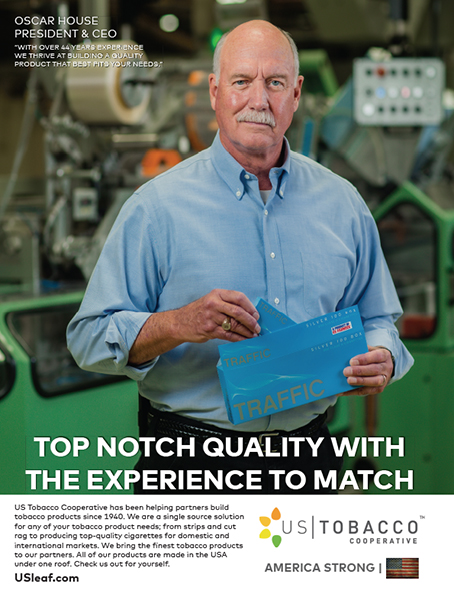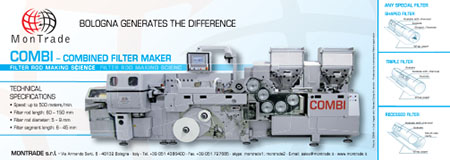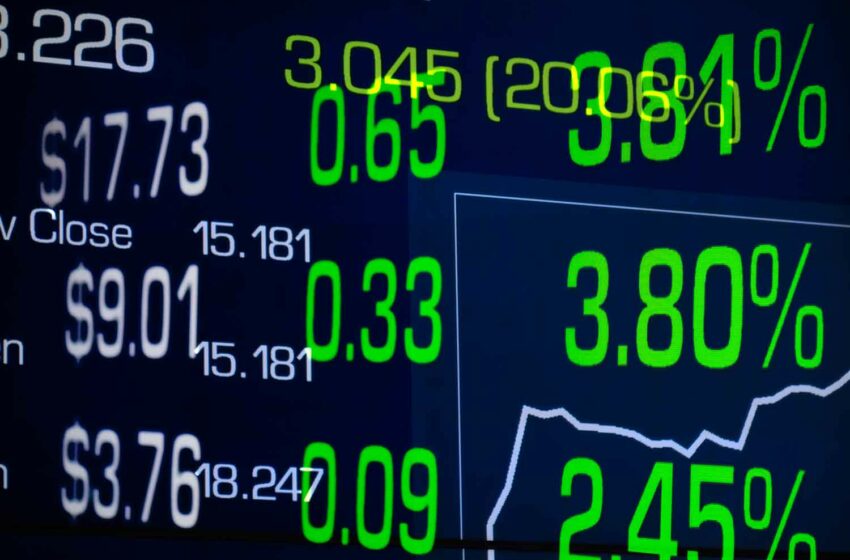
Leveraging serialization technology to combat tobacco tax evasion and counterfeiting
By Terrence P. O’Neill
Over the years, the U.S. federal government has endeavored to reduce tobacco use by heavily taxing products such as cigarettes, cigars, dips and nicotine pouches. A primary target of this strategy are underage consumers who tend to be price-sensitive and must be at least 21 years old to purchase these products at retail outlets since President Donald Trump signed Tobacco 21 legislation into law in December 2019.
Unfortunately, the lack of tax harmonization at the state level has created lucrative arbitrage opportunities for diverters to smuggle tobacco products from lower tax states to those with higher taxes. The unintended consequences include billions in lost local and state revenues and the development of gray markets that often supply the unauthorized channels servicing underage consumers.
Historically, states have depended on tax stamps or other static markings to maintain the integrity of its tobacco commerce; however, over time, savvy diverters developed product sources and supply chain partnerships to circumvent these checks and balances that were better suited for a simpler time.
Today, there are smart, cost-effective packaging technologies that provide beneficial value for all the stakeholders: agencies looking to maintain the integrity of the tax system or discourage underage tobacco use as well as those who manufacture these products—solutions that create a new level of transparency by uniquely identifying products that are monitored as they traverse the supply chain to the point of sale and to the consumer. Disruptive technologies that raise significant barriers to product diversion/tax evasion can also be the foundation on which new e-commerce and brand loyalty programs are launched.
Fundamental benefits
Barcode identifiers have been permeating world commerce over the past 30 years, documenting data such as manufacturer, production dates and product codes. Initially its use was much like a tax stamp—one barcode for the many units in a production lot. Technology evolved; serialization enabled manufacturers to uniquely serialize each unit of production and aggregation allowed for each of the unique serial numbers involved in the packaging process (unit, pack, pallet) to be linked and then shared among trusted supply chain partners. New production and trade capabilities were created, and consequential efficiencies have been realized.
Track-and-trace solutions utilize the aggregation data shared between organizations by monitoring the product as it moves (tracking) and providing a history of where it has been (tracing). Like many new technologies, the initial benefits of track-and-trace were garnered within the internal business units from which the data was derived; however, over time, forward-thinking organizations have developed new strategies and solutions few could have imagined.
When one considers the factors that lead to tax evasion, the benefits of track-and-trace to enhance supply chain security are fundamental. Increased visibility to the movement of product from the manufacturer to the point of sale and the ability to develop an investigatory thread of who handled the product creates opportunities to prevent, monitor and respond to threats diverters pose. Additionally, as other internal organizations discover new methods of leveraging the track-and-trace data and supply chain partners become more sensitive to channel irregularities, the barriers to diversion are greatly reinforced.
Brand loyalty and e-commerce
The value of track-and-trace can be a shared benefit for all the stakeholders as well. A recent supply chain assessment conducted among small, medium and large tobacco wholesalers revealed several opportunities where track-and-trace could improve operations—particularly for wholesalers that service many retail customers who spend vital resources and time reconciling returns. Many of the organizations advised that they are certain they pay rebates on products they did not sell; however, they are reluctant to risk the business relationship debating their suspicions. Unit-level track-and-track eliminates any disagreements as the wholesaler and retailer will be able to verify all returns with 100 percent accuracy. It also eliminates return debates with manufacturers, especially for products that experience frequent price changes or are periodically offered at discounts.
Manufacturers are also finding innovative ways of incorporating track-and-trace into other commercial initiatives such as brand loyalty programs and e-commerce models. Cloud-based solutions enable omnichannel branding platforms for targeted emails, SMS campaigns, games/contests/sweepstakes/points-based systems that create personalized messaging and enhance the depth of knowledge relative to customers, all of which can be connected through a consumer’s smartphone and track-and-trace integration.
Online tobacco e-commerce requires sites to maintain comprehensive information pertaining to all sales. Unit-level serialization provides an efficient method to track each transaction to its lowest level as well as to link with other processes required to complete the transaction, such as age verification.
When looking to partner with a company to develop and execute a track-and-trace strategy, it is important to look for those that have experience bringing together cross-functional organizations within a manufacturer across the supply chain and other external entities such as government regulatory agencies. Understanding how change will affect people, processes, data and technology needs to be thoroughly understood from production to consumption.
A manageable endeavor
Technology should be adaptable and developed to be interoperable across IT systems not proprietary black boxes that require you to adapt to them. Integrating line, packaging, printing and vision systems, while complex, should not be presented as or understood to be a Herculean endeavor.
Track-and-trace solutions tend to rapidly grow in scope as the organization learns and discovers new ways of using the data and capabilities. Projects will require strict prioritization of goals and multigenerational delivery schedules to prevent scope creep from becoming a bottleneck or overwhelming an organization’s capacity for change.
Lastly, the regulatory requirements in the tobacco industry often change and evolve. Track-and-trace solutions offer manufacturers the opportunity to have a good faith dialogue with these agencies by demonstrating their efforts to comply with and improve upon the government’s interest in reducing tax evasion and addressing underage consumption. This provides a rare and vital opportunity to be a proactive partner in molding what the regulatory future may look like rather than being a passive onlooker waiting to react.















